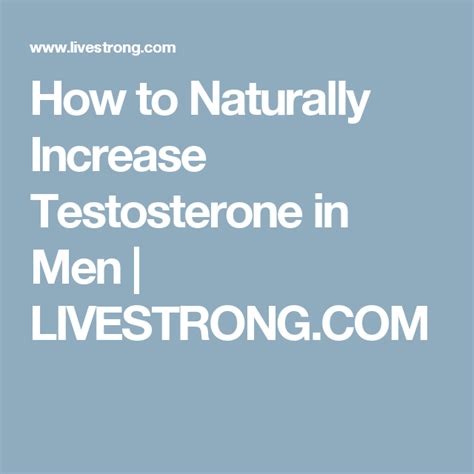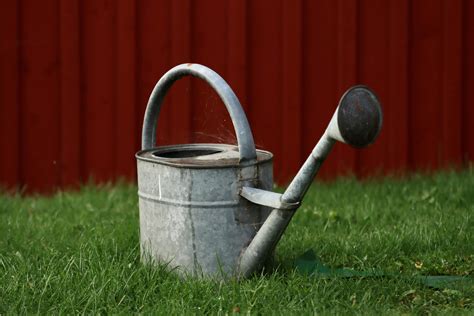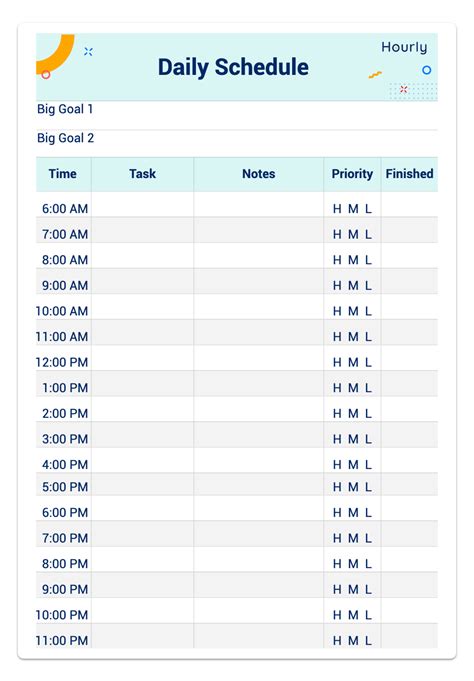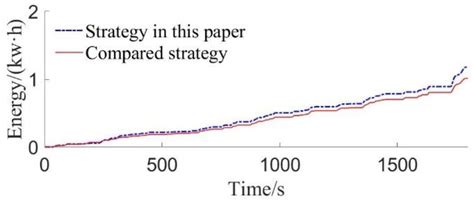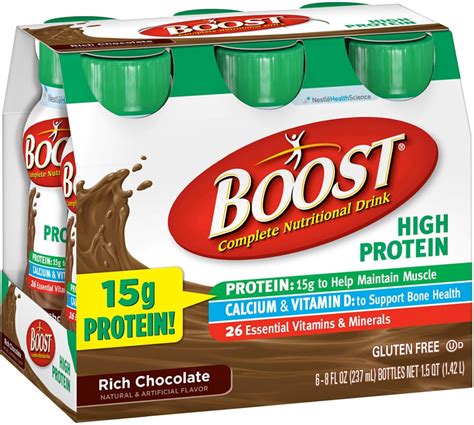What science-backed strategies boost male testosterone for peak fitness gains?

Unlocking Peak Performance: The Role of Testosterone
Testosterone is a cornerstone hormone for male health, playing a critical role not only in libido and mood but especially in muscle growth, strength, bone density, and energy levels. For men aiming to maximize their fitness gains, optimizing testosterone naturally is a powerful, science-backed approach. While levels naturally decline with age, several evidence-based strategies can help maintain and even boost healthy testosterone production, leading to better workouts, enhanced recovery, and more significant physical adaptations.
1. Embrace Strength Training and High-Intensity Interval Training (HIIT)
Resistance training is arguably the most potent exercise method for stimulating testosterone release. Studies consistently show that heavy lifting, particularly compound movements like squats, deadlifts, bench presses, and rows, triggers a significant acute increase in testosterone. The key is to focus on lifting heavy weights for moderate repetitions (e.g., 6-12 reps per set) and ensure adequate rest between sessions to allow for recovery and adaptation.
High-Intensity Interval Training (HIIT) has also been shown to positively impact testosterone levels, often surpassing the effects of steady-state cardio. Short bursts of intense exercise followed by brief recovery periods can elevate growth hormone and testosterone, making it an excellent complement to a strength training regimen.

2. Optimize Your Nutritional Intake
Diet plays a fundamental role in hormone synthesis. While no single food acts as a magic bullet, a balanced intake of macronutrients and specific micronutrients is crucial:
- Healthy Fats: Cholesterol, derived from dietary fats, is a precursor to testosterone. Incorporate monounsaturated and saturated fats from sources like avocados, nuts, olive oil, and healthy animal fats. Avoid trans fats.
- Adequate Protein: Sufficient protein intake supports muscle repair and growth, which indirectly aids in maintaining hormonal balance. Aim for 0.7-1 gram of protein per pound of body weight.
- Carbohydrates: Don’t shun carbs entirely, especially around workouts. Carbs help manage cortisol (a stress hormone that can suppress testosterone) and fuel intense training.
- Micronutrients: Zinc and Vitamin D are particularly vital. Zinc is involved in countless enzymatic reactions, including those for testosterone production. Excellent sources include red meat, shellfish, and legumes. Vitamin D, often acting more like a hormone than a vitamin, has a direct correlation with testosterone levels. Sun exposure and supplements are key. Magnesium, Vitamin B6, and Vitamin K2 also play supporting roles.
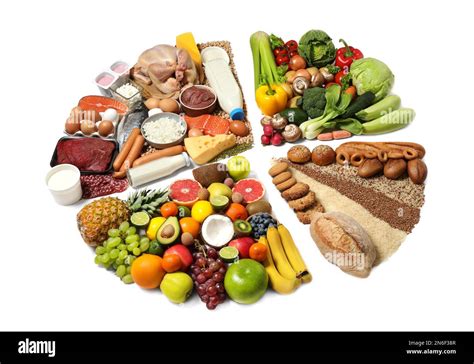
3. Prioritize Quality Sleep
Sleep deprivation is a silent killer of testosterone. Research indicates that even a week of restricted sleep (e.g., 5 hours per night) can significantly reduce testosterone levels in healthy young men. The majority of daily testosterone release occurs during sleep, particularly during REM sleep. Aim for 7-9 hours of high-quality sleep per night. Establish a consistent sleep schedule, create a cool, dark, and quiet sleep environment, and avoid screens before bed to optimize your body’s natural hormone production cycle.
4. Effectively Manage Stress Levels
Chronic stress leads to elevated levels of cortisol, often called the ‘stress hormone.’ There’s an inverse relationship between cortisol and testosterone: when one goes up, the other tends to go down. Prolonged high cortisol can actively suppress testosterone production. Incorporating stress-reducing practices into your daily routine is essential. This can include meditation, yoga, spending time in nature, deep breathing exercises, or engaging in hobbies you enjoy.
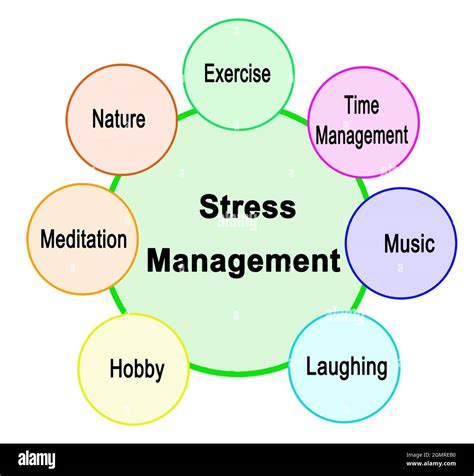
5. Maintain a Healthy Body Composition
Excess body fat, particularly visceral fat around the abdomen, is linked to lower testosterone levels. Adipose tissue contains an enzyme called aromatase, which converts testosterone into estrogen. This means higher body fat can lead to both lower testosterone and higher estrogen, a double whammy for male hormonal balance. Striving for a healthy body fat percentage (typically 10-15% for men) through a combination of diet and exercise will support optimal testosterone production.
6. Limit Alcohol Intake and Avoid Endocrine Disruptors
Excessive alcohol consumption can directly impair testosterone production and increase its conversion to estrogen. Moderation is key. Furthermore, exposure to certain chemicals, known as endocrine disruptors (e.g., BPA in plastics, phthalates, parabens), found in many consumer products, can interfere with hormone function. Opt for glass containers, choose natural personal care products, and be mindful of what you consume and apply to your body.

Conclusion: A Holistic Approach for Sustained Gains
Boosting testosterone for peak fitness gains isn’t about quick fixes or isolated supplements; it’s about adopting a comprehensive, science-backed lifestyle. By consistently incorporating heavy strength training, optimizing your nutrition with healthy fats and micronutrients, prioritizing sufficient quality sleep, effectively managing stress, and maintaining a healthy body composition, you create an environment where your body can naturally produce testosterone at its optimal levels. This holistic approach not only supports superior physical performance and recovery but also contributes significantly to overall health and well-being, paving the way for sustained fitness success.

